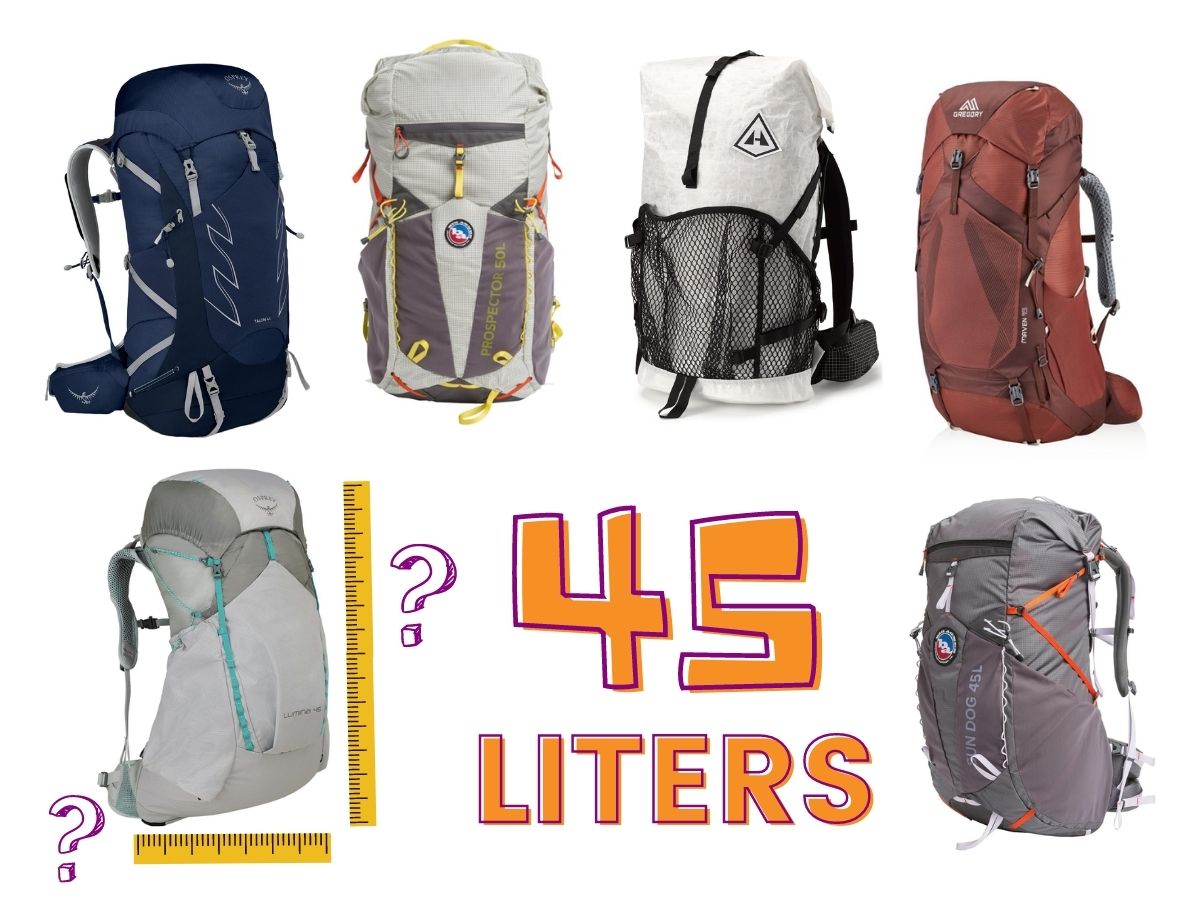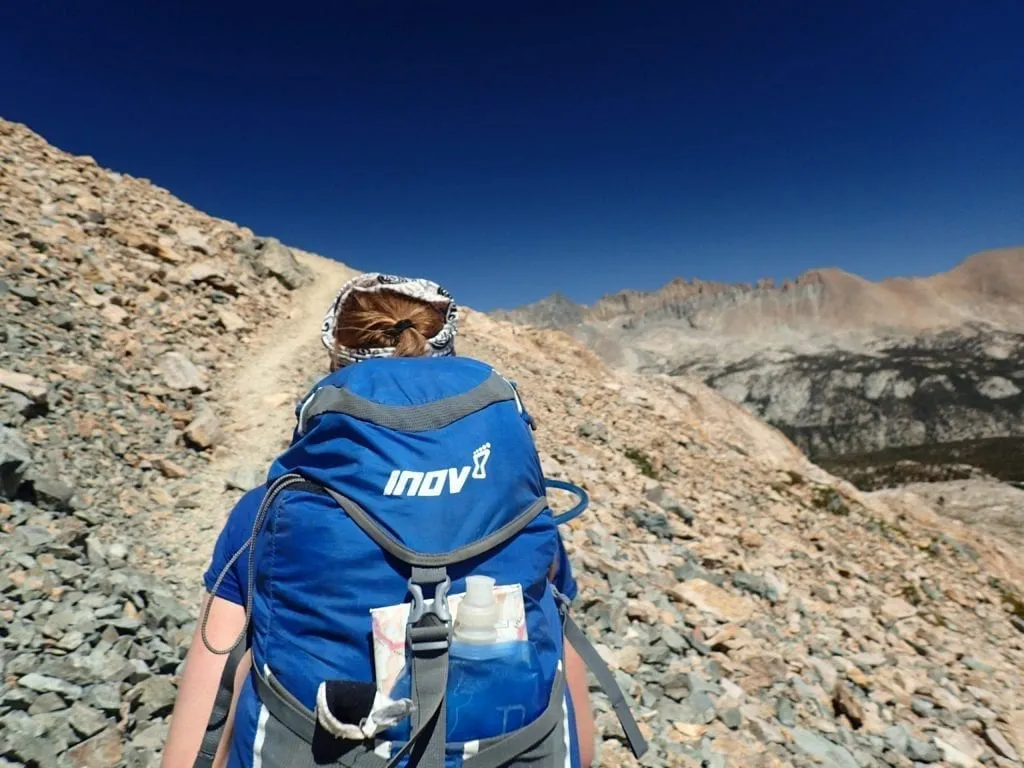
Introduction
When choosing a backpacking pack, several factors need to be considered. One of the most critical factors is finding the right pack size. The importance of the right pack size cannot be underestimated, as it directly impacts the comfort and functionality of the pack. This blog post will explore the essential factors to consider when choosing a backpacking pack and highlight the significance of the right pack size.
Factors to consider when choosing a backpacking pack
When selecting a backpacking pack, several key factors should be taken into account:
- Capacity: Consider the length and duration of your trip to determine the appropriate pack capacity. A weekend trip may only require a small pack, whereas an extended hike necessitates a larger one.
- Fit and comfort: It is crucial to ensure the pack fits your body well and feels comfortable when fully loaded. Look for adjustable straps and a padded hip belt for added comfort.
- Weight: Lightweight packs are preferred for backpacking as they reduce unnecessary strain on your back and shoulders. Choose a pack made from lightweight materials without compromising durability.
- Organization: Look for a pack with multiple compartments and pockets to optimize the organization and accessibility of your belongings.
- Durability: A backpacking pack needs to withstand rugged terrain and harsh weather conditions. Select a pack made from durable materials that can withstand wear and tear.
Importance of the right pack size
Choosing the right pack size is crucial for a successful backpacking trip.
- Comfort: Carrying an improperly sized pack can result in discomfort and even pain. A pack that is too small may lead to cramped space, while a pack that is too large may cause imbalance and strain on your body.
- Organization: A correctly sized pack will allow for efficient packing and organization of your gear. You will have easier access to the needed items, avoiding the hassle of searching through a cluttered pack.
- Weight distribution: An appropriately sized pack ensures that the weight is evenly distributed across your back, shoulders, and hips. This reduces strain and fatigue, enabling you to hike longer distances comfortably.
- Stability: A well-fitted pack provides stability, preventing it from shifting and throwing off your balance while navigating uneven terrain or challenging trails.
- Versatility: A pack of the right size can be used for various trips, whether a short weekend hike or a more extended multi-day adventure.
In conclusion, choosing the right backpacking pack involves considering several factors such as capacity, fit and comfort, weight, organization, and durability. However, the most critical factor is selecting the right pack size, as it directly affects the pack’s comfort, organization, weight distribution, stability, and versatility. Take the time to carefully evaluate your needs and try out different sizes to ensure a successful and enjoyable backpacking experience.

Daypacks (Under 30 Liters)
Advantages and uses of daypacks
Daypacks, which typically have a capacity of under 30 litres, offer several advantages for various outdoor activities:
- Convenience: Daypacks are smaller and more lightweight than larger backpacking packs, making them easier to carry on day trips or shorter excursions.
- Organization: Daypacks often have multiple compartments and pockets, allowing for efficient gear organisation and easy access to necessities.
- Versatility: Daypacks can be used for various activities, including hiking, sightseeing, and commuting, making them a versatile choice for everyday use.
Things to consider when choosing a daypack
When selecting a daypack, it’s essential to keep the following factors in mind:
- Capacity: Determine the size of the daypack based on the duration and intensity of your outdoor activities.
- Comfort: Look for adjustable straps, padded back panels, and a supportive hip belt to ensure a comfortable fit.
- Durability: Choose a daypack made from durable materials that can withstand the demands of outdoor adventures.
- Weight: Opt for a lightweight daypack to minimize strain on your back and shoulders during all-day use.
- Water resistance: Consider a daypack with water-resistant features, such as a rain cover or waterproof fabric, to protect your gear in wet conditions.

Weekend Packs (30-50 Liters)
Advantages and uses of weekend packs
Weekend packs, typically ranging from 30 to 50 liters in capacity, offer several advantages for overnight or weekend trips:
- Storage space: Weekend packs provide enough room to carry essential gear and clothing for a short adventure.
- Comfort: These packs are designed with adjustable straps, padded back panels, and hip belts to ensure a comfortable fit while carrying heavier loads.
- Organization: Weekend packs often feature multiple compartments, allowing for efficient organization of gear and easy access to items when needed.
Considerations when choosing a weekend pack
When selecting a weekend pack, it’s important to consider the following factors:
- Capacity: Determine the appropriate size of the weekend pack based on the duration and activities planned for the trip.
- Weight distribution: Look for a pack that distributes the weight evenly across your back and hips to avoid strain and discomfort.
- Durability: Choose a pack made from durable materials to withstand the rigors of outdoor adventures.
- Features: Consider additional features such as hydration compatibility, external attachment points, and rain covers for added convenience.
- Fit: Ensure the pack has adjustable straps and a customizable fit to accommodate your body shape and size.

Multi-day Packs (50-70 Liters)
Benefits and uses of multi-day packs
Multi-day packs, with a capacity of 50 to 70 liters, provide several advantages for longer trips or expeditions:
- Ample storage: These packs offer sufficient space to carry all necessary gear, clothing, and food for extended periods.
- Comfortable carrying: Designed with adjustable straps, padded back panels, and hip belts, multi-day packs ensure a comfortable fit even when carrying heavier loads.
- Efficient organization: Multiple compartments and pockets allow for easy organization of gear, enabling quick access to items as needed.
Factors to consider when choosing a multi-day pack
When selecting a multi-day pack, it is essential to consider the following factors:
- Capacity: Determine the appropriate size based on the duration and specific activities planned for the trip.
- Weight distribution: Look for a pack that evenly distributes the weight across your back and hips, minimizing strain and discomfort.
- Durability: Choose a pack made from durable materials to withstand the demands of prolonged outdoor use.
- Additional features: Consider features such as hydration compatibility, external attachment points, and rain covers for added convenience.
- Fit and adjustability: Ensure the pack has adjustable straps and a customizable fit to accommodate your body shape and size for optimal comfort.

Extended Trip Packs (70+ Liters)
Advantages and uses of extended trip packs
Extended trip packs, with a capacity of 70 liters or more, offer several advantages for longer expeditions:
- Ample storage: These packs provide ample space to carry all necessary gear, clothing, and food for extended trips.
- Comfortable carrying: Designed with adjustable straps, padded back panels, and hip belts, extended trip packs ensure a comfortable fit even when carrying heavier loads over long distances.
- Efficient organization: Multiple compartments and pockets allow for easy organization of gear, allowing quick and convenient access to items as needed.
Things to consider when choosing an extended trip pack
When selecting an extended trip pack, there are several important factors to consider:
- Capacity: Determine the appropriate size based on the duration and specific activities planned for the trip. Consider the amount of gear and supplies that will need to be carried.
- Weight distribution: Look for a pack that evenly distributes the weight across your back and hips, reducing strain and ensuring a comfortable carrying experience.
- Durability: Choose a pack made from durable materials that can withstand the rigors of extended outdoor use. Look for reinforced stitching and high-quality construction.
- Additional features: Consider features such as hydration compatibility, external attachment points for gear, and integrated rain covers for added convenience and protection.
- Fit and adjustability: Ensure the pack has a customizable fit with adjustable straps and a range of torso lengths available to accommodate different body shapes and sizes.
Men’s Pack Sizes
Determining the right pack size for men
When selecting a pack size for men, it is important to consider the following factors:
Factors to consider for men’s pack fit
- Torso length: Measure the distance from the C7 vertebrae to the iliac crest to determine the appropriate pack size. Packs come in different torso lengths to ensure a proper fit.
- Hip size: Consider the circumference of the hips to find a pack that can be comfortably secured with a hip belt.
- Shoulder width: Look for packs with adjustable shoulder straps to accommodate varying shoulder widths.
- Chest size: Some packs are designed to fit male chests more comfortably, offering better support and stability.
Women’s Pack Sizes
Determining the right pack size for women
When selecting a pack size for women, it is important to consider the following factors:
Factors to consider for women’s pack fit
- Torso length: Measure the distance from the C7 vertebrae to the iliac crest to determine the appropriate pack size. Packs come in different torso lengths to ensure a proper fit.
- Hip size: Consider the circumference of the hips to find a pack that can be comfortably secured with a hip belt.
- Shoulder width: Look for packs with adjustable shoulder straps to accommodate varying shoulder widths.
- Chest size: Some packs are designed to fit female chests more comfortably, offering better support and stability.

Women’s Pack Sizes
Determining the right pack size for women
When selecting a pack size for women, it is important to consider the following factors:
Factors to consider for women’s pack fit
- Torso length: Women should measure the distance from the C7 vertebrae to the iliac crest to determine the appropriate pack size. Packs come in different torso lengths to ensure a proper fit.
- Hip size: Consider the circumference of the hips to find a pack that can be comfortably secured with a hip belt.
- Shoulder width: Look for packs with adjustable shoulder straps to accommodate varying shoulder widths.
- Chest size: Some packs are designed to fit female chests more comfortably, offering better support and stability.
Conclusion
Summary of pack size options
When choosing a pack size for women, it is important to consider the torso length, hip size, shoulder width, and chest size. By taking these factors into account, women can find a pack that fits properly and provides the necessary support and comfort for their outdoor adventures.
Choosing the right size backpacking pack for your needs
It is crucial to select a backpacking pack that suits your specific needs and body shape. Women’s pack sizes are designed to accommodate the unique proportions of the female body. By measuring your torso length, hip size, shoulder width, and chest size, you can find a pack that offers a comfortable and secure fit for your outdoor activities. Remember to try on different sizes and adjust the straps accordingly to ensure optimal comfort and weight distribution.